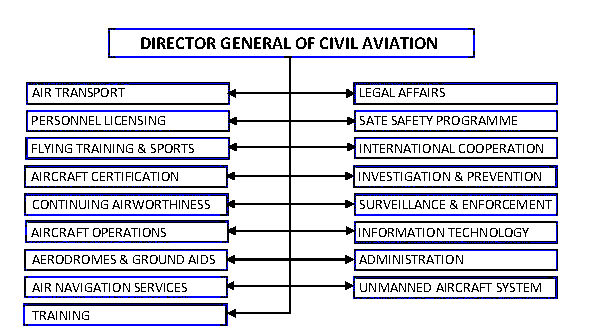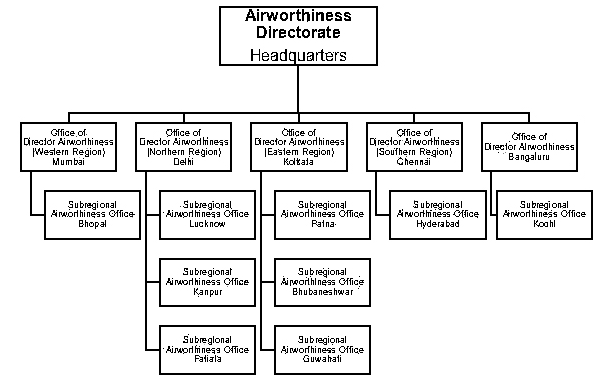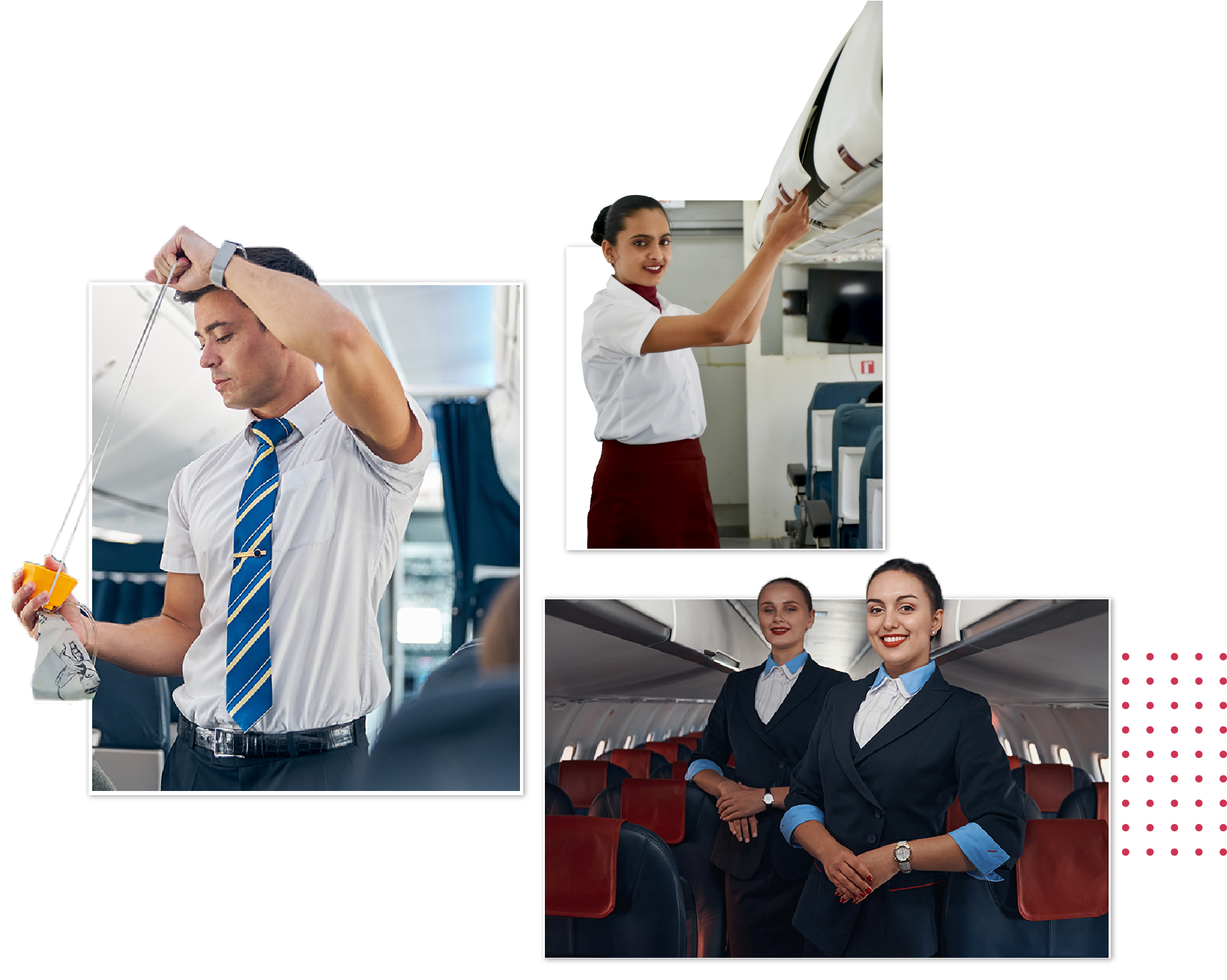DGCA License

About Directorate General of Civil Aviation (DGCA)
The Directorate General of Civil Aviation - DGCA is a statutory body of Govt of India and was formed under Section 4A of Aircraft Act 1934 to regulate civil aviation in India.
It is responsible for regulation of air transport services to/from/within India and for enforcement of civil air regulations, air safety and airworthiness standards as specified in Aircraft Act 1934 and Aircraft Rules 1937. It also co-ordinates all regulatory functions with International Civil Aviation Organisation (ICAO).
The headquarters are located in New Delhi with regional offices in the various parts of India.
Director General of Civil Aviation has the following department.

Director General of Civil Aviation various offices in different region

Issue of Aircraft Maintenance Engineer License by Director General of Civil Aviation (DGCA)
DGCA issue AME license to those successful candidates who has successfully passed all the basic knowledge examination Module and having gained the required maintenance experience on the type of aircraft.
DGCA issue AME License under the requirement of Rule 61 of Aircraft Rule 1937 and CAR 66
There are various categories of AME License that a candidate can take
Category A License holder has the privilege to issue certificates for release to service (CRS) after minor scheduled line maintenance and simple defect rectification within the limits of maintenance tasks specifically endorsed on the authorisation issued by a maintenance organisation approved under rule 133B for the broad category of aircraft endorsed on the license and the certification privileges shall be restricted to the work carried out by the license holder himself in the maintenance organization that issues the authorisation
Holder of this category can work as an AME on Heavy Airplane fitted with Jet Engine
Holder of this License can work as an AME on Light Aeroplane fitted with Piston Engine
Holder of this AME License can work as an AME on Helicopter fitted with Jet Engine
Holder of this license can work as an AME on Helicopter fitted with Piston Engine
Category B1 License holder compared to Category A license has more scope and authorization and has the privilege to issue certificates for release to service (CRS) and act as support staff following the maintenance performed on aircraft structure, power-plant, mechanical and electrical systems, work on avionics system requiring simple tests to prove their serviceability and not requiring trouble shooting, in respect of an aircraft type endorsed on the license.
Category B1 License has following sub-category
Holder of this category can work as an AME on Heavy Airplane fitted with Jet Engine
Holder of this License can work as an AME on Light Aeroplane fitted with Piston Engine
Holder of this AME License can work as an AME on Helicopter fitted with Jet Engine
Holder of this license can work as an AME on Helicopter fitted with Piston Engine
Category B2 License holder has the privilege to issue certificates of release to service after maintenance on avionic and electrical systems, avionics and electrical system within engine and mechanical systems requiring only simple tests to prove their serviceability of aircraft type endorsed on the license.
Category B3 License holder has the privilege to issue certificates of release to service (CRS) after maintenance on aeroplane structure, engine and mechanical and electrical systems, work on avionic systems requiring only simple tests to prove their serviceability and not requiring troubleshooting of piston engine non-pressurised aeroplanes of 2000 kg Maximum Take-off Mass and below.
Category C License holder to issue certificates of release to service (CRS) after base maintenance in respect of an aircraft of the type endorsed on the license. The privileges apply to the aircraft in its entirety including all systems.
Directorate General of Civil Aviation (DGCA) license benefits
Getting the license is very important to become an AME. AME License is the mandatory qualification to maintain and certify the aircraft. The license is valid internationally and is recognized by the International bodies that deal with safety and security rules and regulations for civil aviation globally.
- The licensed AME inspect the aircraft properly before signing a certificate for take off. Only then, the flight can take off.
- A certificate is mandatory before flight take off this certificate assures that the aircraft is airworthy in all respect.
- The security and safeness of aircraft and their passengers are the responsibility of AME.
- The AME license is internationally valid.
- The licensed AME have career opportunities in India and Abroad either in the Government or private sector.
- The licensed AME has high dignity and respect.
Career opportunities after Directorate General of Civil Aviation (DGCA) license.

Career Opportunities for AME students are endless as India becomes the talk of the town as the way we are evolving in the aviation sector. It is the ideal time for prospects looking for a career in the aviation sector. India has a significant potential to be at the top of the world regarding aviation.
If we look at the airlines, air traffic has increased, which caught the eye of everyone. Numerous airlines have ordered new aircraft to the manufacturing companies, which boosts the job opportunities of the youth. Several manufacturing companies are establishing their Maintenance, Repair, and Overhaul (MRO) organizations in India.
The Aircraft Maintenance Engineer License holder can build their shining and fascinating career in the following fields:
- National and International Airlines
- Maintenance, Repair, and Overhauls (MRO) Organizations
- Aircraft Manufacturing Companies
- Aircraft part Manufacturing Companies
- Aviation Training Centers
- Civil Defense Forces
- Aviation Operation Organizations
- Flying Clubs


